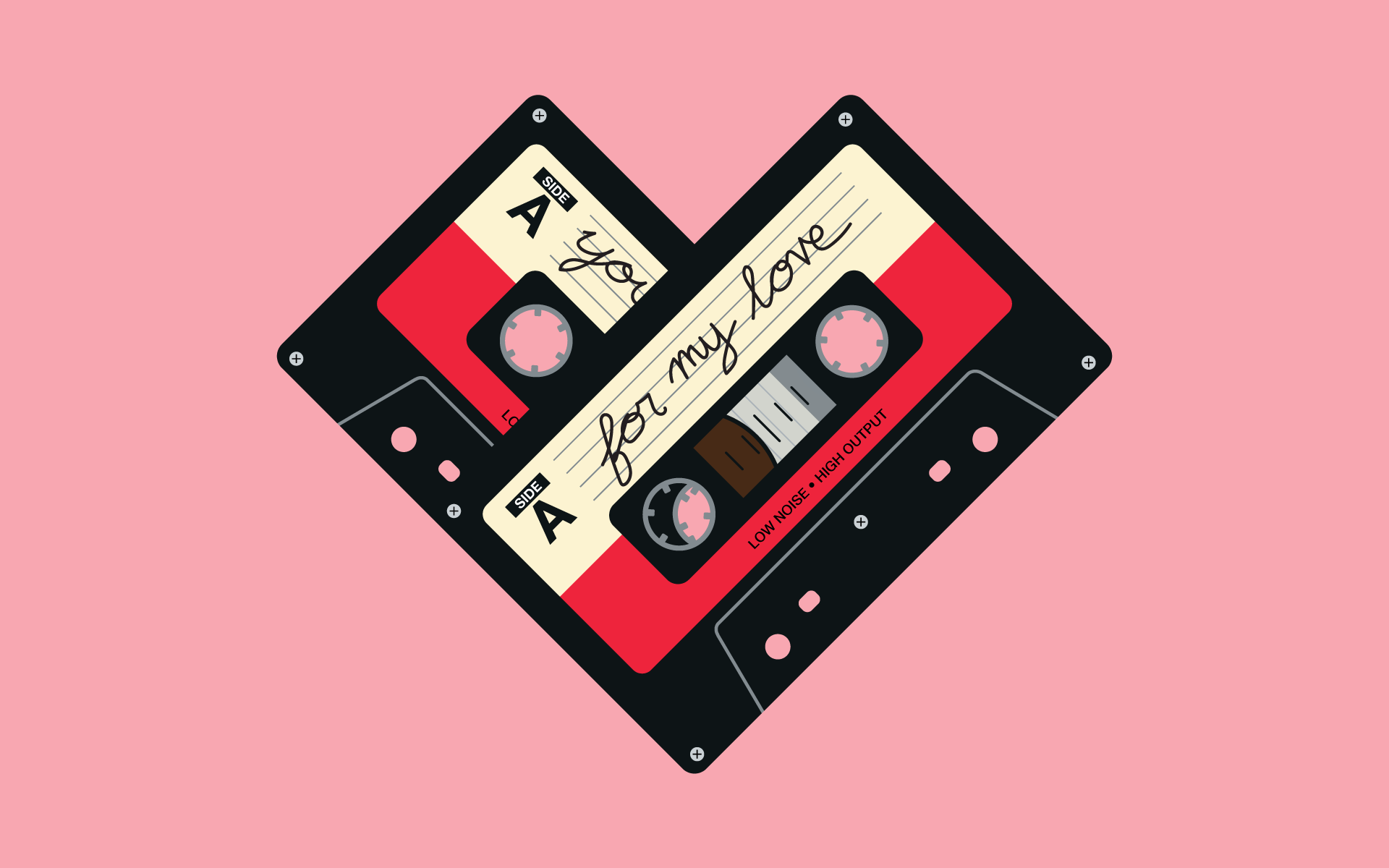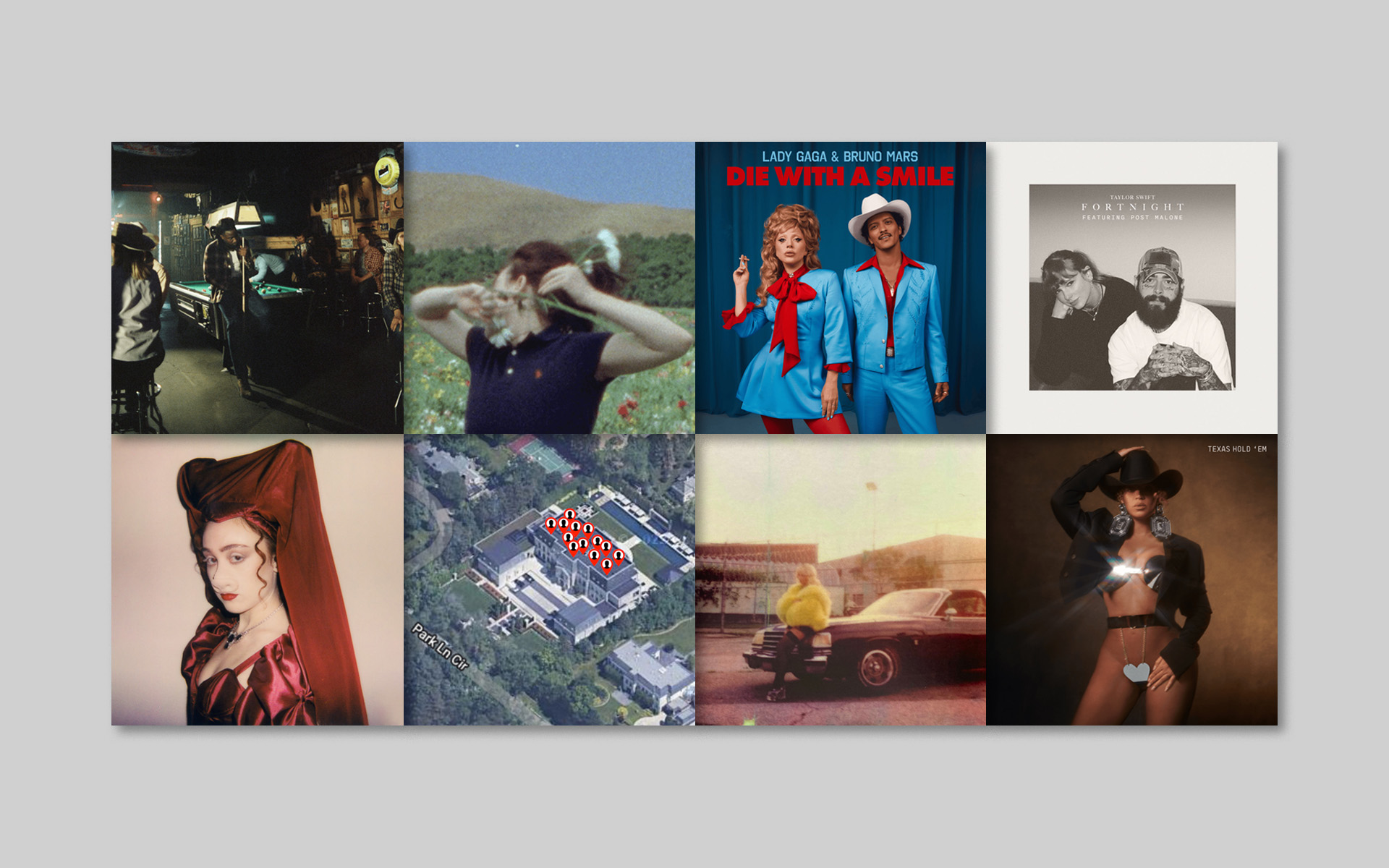Sensory language grounds a lyric, giving it a place and a time. It gives the listener the what, when, where, and who. In very general terms, the verse of a song uses more sensory language than the chorus, because the function of the chorus is to establish ‘why’. ‘Why’ is not delivered using specific detail, but rather using statements, expressions of feelings and thoughts and sometimes metaphor. The language of the chorus can be more abstract, and sometimes feels cliche when it’s all on its own.
We can glean a few things from this knowledge. First, we can begin to understand what our strengths are as writers. If we’re really comfortable writing big thoughts and feelings into our lyric, generalizing and getting to the point, then we’re probably dynamite at writing choruses. If we tend to rely on imagery, and feel that we never quite get to the point or are uncomfortable with expressing feelings and big thoughts, then we’re likely very adept at verse writing.
TAKE A SONGWRITING COURSE WITH ANDREA STOLPE
Knowing this helps us understand where we might be losing our listeners, too. When we know that choruses are our strength, we can work on involving more sensory language in the verses so that they truly set up our chorus. When we know that verses are our strength, we can work to lighten up the language in the chorus and practice getting to the point sooner, such as the first line of the chorus.
Verses tend to use sensory language in the first few lines of the first verse. As the song progresses, we can lighten up on our use of sensory language. Even just two lines of imagery followed by a few lines of feeling/thought language can be enough. The amount of sensory language we use determines the ‘weight’ of the lyric.
Country music involves very weighty writing, where we may see sensory language throughout the verses except for the last line of each one that summarizes what all the sensory language means. Even the chorus might be weighted heavily with sensory language. Some other genres, such as pop or R&B, may pace more lightly, involving less. This doesn’t mean the lyric is less effective in getting the listener to feel strongly, but it does mean that as the writer we need to be sure that what we’re saying is absolutely believable and purposeful.
When we’re comfortable using sensory language in our lyrics, we can also trust our instincts about when it is not needed. We’ll have a keener eye for when simply ‘telling’ rather than ‘showing’ is enough.
In your next song, try involving some sensory detail in the first few lines of your first verse. Make sure you’ve included ‘who, ‘where,’ and ‘when,’ such as in ‘Why Georgia’ by John Mayer:
I am driving up 85
The ‘who’ is ‘I’
The ‘when’ is ‘now’, as implied by ‘am’
The ‘where’ is highway ’85’
Michael Jackson’s ‘Man in the Mirror’ uses beautiful sensory language as well:
As I turned up the collar on my favorite winter coat
this wind is blowing my mind
I see the kids in the street…
The ‘who’ is ‘I’
The ‘when’ is ‘now’, as implied by ‘is’ in line two
The ‘where’ is ‘outside in the cold,’ and ‘on the street’ as we learn in the third line
Listen for these clear descriptions of where, who, and when in the first few lines or verses of your favorite songs.
Happy writing,
Andrea Stolpe
STUDY SONGWRITING WITH BERKLEE ONLINE












